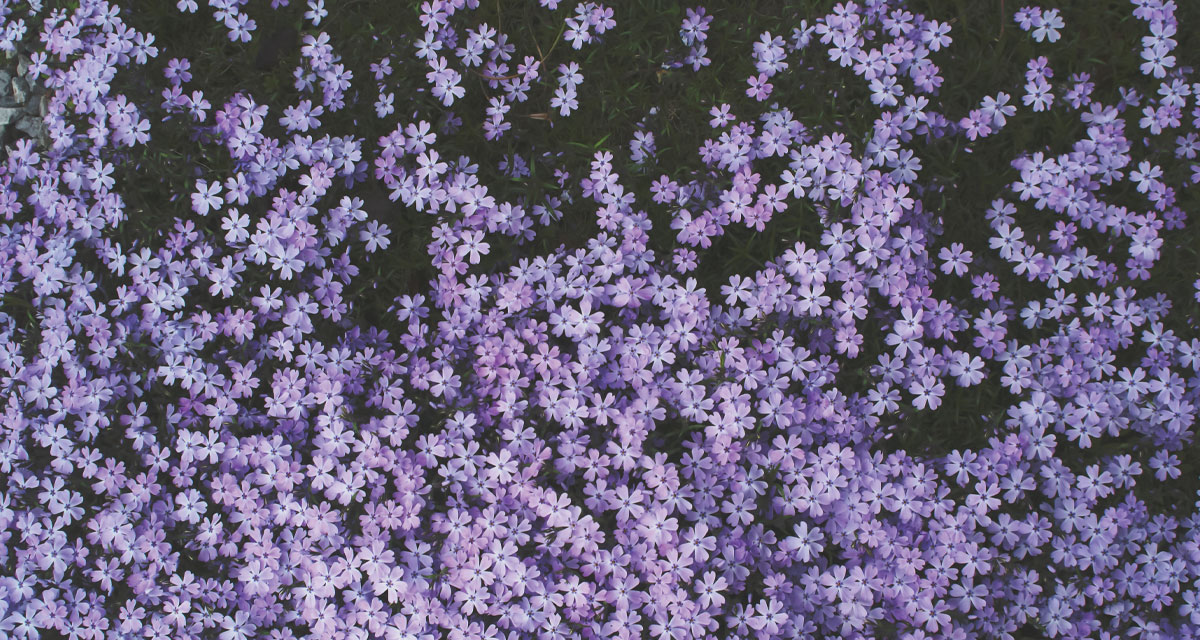“A dreamer is one who can find their way by moonlight, and see the dawn before the rest of the world!” ~ Oscar Wilde
Strolling through the garden led by a moonlit pathway is a dream etched in literary Romanticism. How often do fictitious characters offer sentimental words surrounded by hundreds of listeners, with flowers glowing in the light? The moonlight calls to the petals to open wide and release, if able, a fragrance of soft perfume. The Moon Garden has appeal, especially to those who enjoy sitting on the porch or chasing fireflies.
The Biology of Moonlight and Plants
In preparation for rest, leaves change position from horizontal in daylight to vertical at night. The same behavior takes place with the intense rays of moonlight, especially during a full moon with no cloud cover. A plant can orient itself to pair leaflets and fold together to shelter more sensitive areas, such as lower leaves, while flowers open wide to bathe in the glow.
Add Moon Flowers
Holding up fabric imprinted with the constellations, you’ll discover the white outline includes an indistinct coloring that glows under a bright light. Look for blooms with pastel gray or silver foliage, such as the variegated “Hosta,” “Euonymus,” or “Lamb’s Ear.” The moon’s light also reflects upon ivory or pearl-colored plants, such as the “White Daffodil,” “Sweet Alyssum,” and the “Bacopa.”
A few examples are:
Echinacea: The “Coneflower,” an enlarged perennial daisy most recognizable in purple, stands three feet tall, supporting leathery, oval-shaped leaves. An alternative color for the moon garden is the “White Swan,” with a coppery cone surrounded by snow-white petals.
Four O’clock: A unique plant to grow and quite possibly a favorite among gardeners. Expect to find diverse color patterns from stripes to dots, or a spray of colorings growing from one plant. At four PM, the blooming hour, white flowers transition to violet, for instance, and older flowers change from yellow to pink. If lured by the sweet aroma at night, onlookers will find the flower asleep by morning while pollinators visit and chatter.
Liatris: A perennial border plant with fuzzy, bottle-brush flowers, it stands two to four feet tall and attracts pollinators. Its common names are “Blazing Star” and “Gayfeather,” and it is ideal for flower gardens and beautifying a bouquet. While colors span the range between purples and magentas, try to find a “Floristan White” for your moon garden.
Night Phlox: Also known as “Midnight Candy,” the “Night Phlox” grows between 12 and 14 inches tall and blooms in the evening hours, releasing sweet fragrances. Whether grown in the ground or containers, the colors arrive in shades of white, maroon, and purple.
Look for additional flowers with names suggesting an afternoon or nighttime bloom, such as “Evening Primrose” or the “Moon- Frolic Daylily.”
Snow-in-Summer Flowers: Great as a ground cover, the broad areas of “Cerastium” appear as a silver carpet. A member of the carnation family, the flowers deter deer from wandering into your rock garden. Eye-catching in a pot, you can also grow it along pathways.
Add Effects
With a few perennials added to various locations in your landscape, all that remains are features to create shimmers or sparkles. How about including crushed granite along the pathway to catch and reflect light? A few torches or lanterns methodically placed may create a sparkle or two. Lastly, consider chimes tinkling off in the distance and a small cascading water feature to offer a rhyme of low babble.
Creating a moon garden offers a romantic opportunity to witness the appeal of flowers attracted by a lunar glow. Research further to discover the wide range of trees, shrubs, vines, and grasses that can aid in illuminating your landscape!



















